Golf is more than just swinging a club; it’s an art of precision and strategy. One of the key skills that separates average golfers from great players is the ability to chip around the green. Deciding which club to use can be a game-changer. In this article, we will delve into everything you need to know about choosing the right club for chipping around the green, giving you the knowledge and confidence to improve your short game.
Understanding Chipping: What is it?
Chipping is a short shot played from near the green, typically within 30 yards. The objective is to get the ball onto the green and roll it toward the hole. A great chip can save you strokes and improve your overall score.
Key Factors to Consider
- Lie of the Ball: The condition of the grass and where the ball is positioned significantly influences your club choice.
- Distance to the Hole: Longer distances might require more loft, while shorter ones can be played with less loft.
- Type of Shot: Whether you need to clear an obstacle or run the ball along the ground will determine which club to use.
Choosing the Right Club for Chipping
Common Clubs for Chipping
When it comes to clubs for chipping, you typically have several options. Below is a list of common clubs and their characteristics to help you make an informed decision:
| Club Type | Description | Best Used For |
|---|---|---|
| Pitching Wedge | Provides good lift and spin | Short chips around the green |
| Sand Wedge | Higher loft for softer landing | Floppy shots over obstacles |
| Gap Wedge | A versatile middle option | Mixed distances |
| 9-Iron | Less loft, more roll | Longer chips or running shots |
| 7-Iron | Minimal loft, maximum roll | Farther distances with low spin |
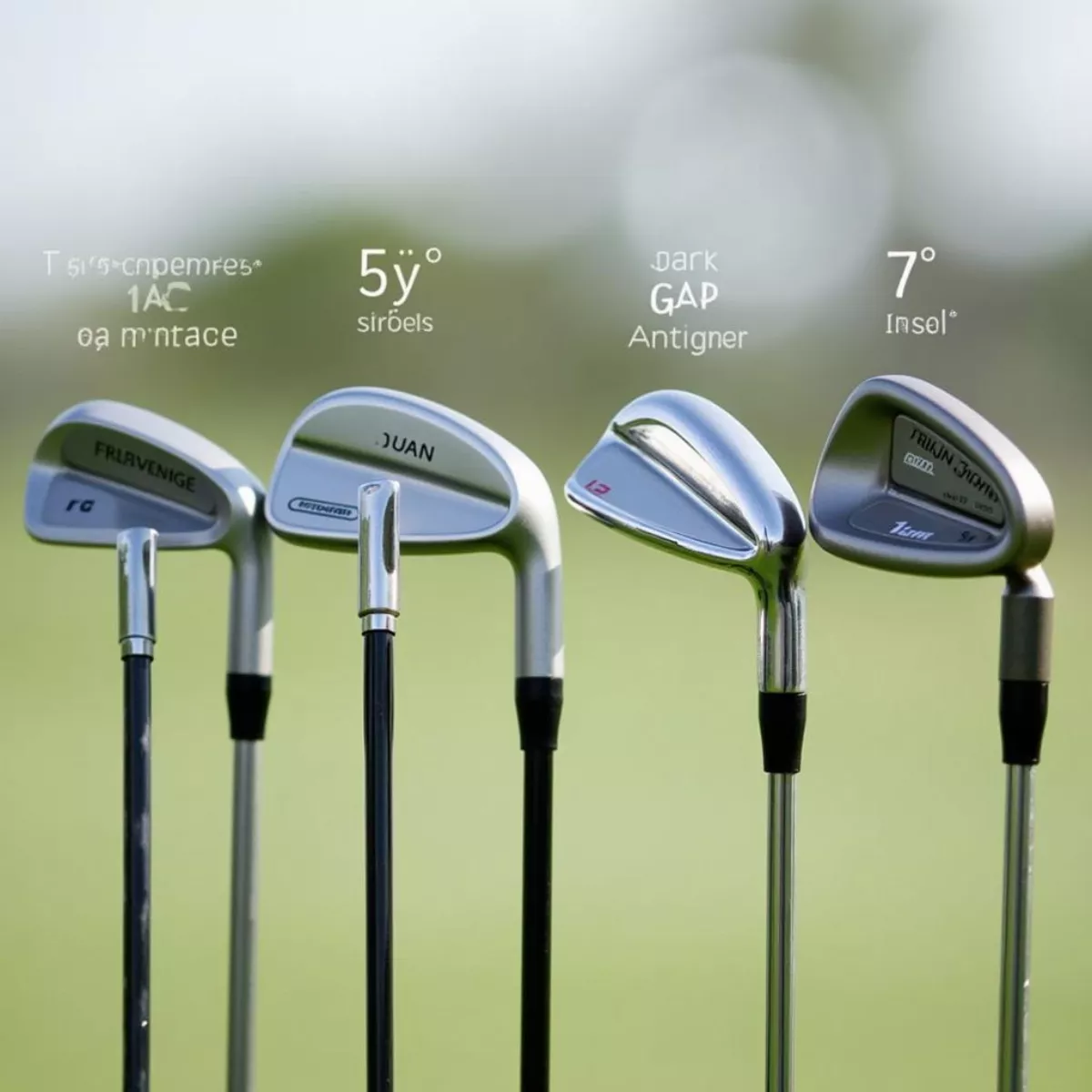 Golf Clubs for Chipping
Golf Clubs for Chipping
Selecting the Club Based on Conditions
- Long Grass: If you’re in thick grass, consider a sand wedge. The higher loft helps lift the ball cleanly out.
- Hard Pan: A 9-iron works best on closely mown areas. It provides a controlled shot that can roll a bit further.
- Around Bunkers: Use a pitching wedge to generate a higher trajectory and soft landing.
Technique Matters: How to Chip Effectively
After selecting the right club, technique is the next crucial factor. Here are some basic chipping techniques that can help improve your performance:
- Stance: Keep your feet close together and weight slightly on your front foot.
- Grip: Use a light grip to enhance feel and touch.
- Swing: Focus on a smooth pendulum motion, with your arms and shoulders working together.
 Golfer Chipping Around Green
Golfer Chipping Around Green
Tips for Effective Chipping
- Practice Regularly: Spend time on the practice green to improve your feel and touch.
- Visualize Your Shot: Picture the trajectory you want the ball to take.
- Lower Your Hands: This helps engage the body more effectively and generates better contact.
- Use the Bounce: On shots with a sand wedge, use the club’s bounce to glide through the grass.
Key Takeaways
- Examine the Lie: Always consider where the ball is to choose your club effectively.
- Distance Matters: Short or long distances will dictate whether you use a wedge or an iron.
- Technique is Key: Solid fundamentals can improve your chipping consistency.
FAQs About Chipping Around the Green
-
What is the best club for chipping?
It depends on the situation. A pitching wedge is great for short chips, while a 7-iron may work better for longer chips.
-
How do I practice chipping?
Spend 20-30 minutes on the practice green focusing on different types of lies and distances.
-
Should I use a different grip for chipping?
A light grip is generally recommended for better feel and touch.
-
How much should I open the clubface when chipping?
Open the face slightly for softer shots over obstacles, and keep it square for more rolling chips.
-
Can I use my putter for chipping?
Yes, if you’re close to the green and there are no obstacles to clear, it can be a good choice for rolling the ball.
-
How important is practice for chipping?
Very important! Consistent practice can drastically improve your technique and confidence around the green.
-
What’s the ideal stance for chipping?
Feet should be close together, weight on your front foot, and hands slightly ahead of the ball.
-
When should I use a sand wedge vs. a pitching wedge?
Use a sand wedge in fluffy lies or when you need to clear an obstacle; a pitching wedge is better for firm, short chips.
-
How do I control the distance of my chip shots?
Adjust your backswing length and club choice to control distance.
-
Is chipping more about feel than technique?
Both are critical! Feel develops with practice, but sound technique lays the foundation for good chipping.
 Golfer Celebrating Successful Chip
Golfer Celebrating Successful Chip
By following these tips and focusing on the right clubs, you’ll be well on your way to improving your chipping around the green. Remember, chipping is often the difference between a good score and a great one. So next time you’re at the course, confidently choose your club and knock those chips close to the hole!
Resources for Further Learning
Incorporating these strategies can steer your short game to success. Let’s hit those greens confidently!

 Golfer Chipping Ball Near Green
Golfer Chipping Ball Near Green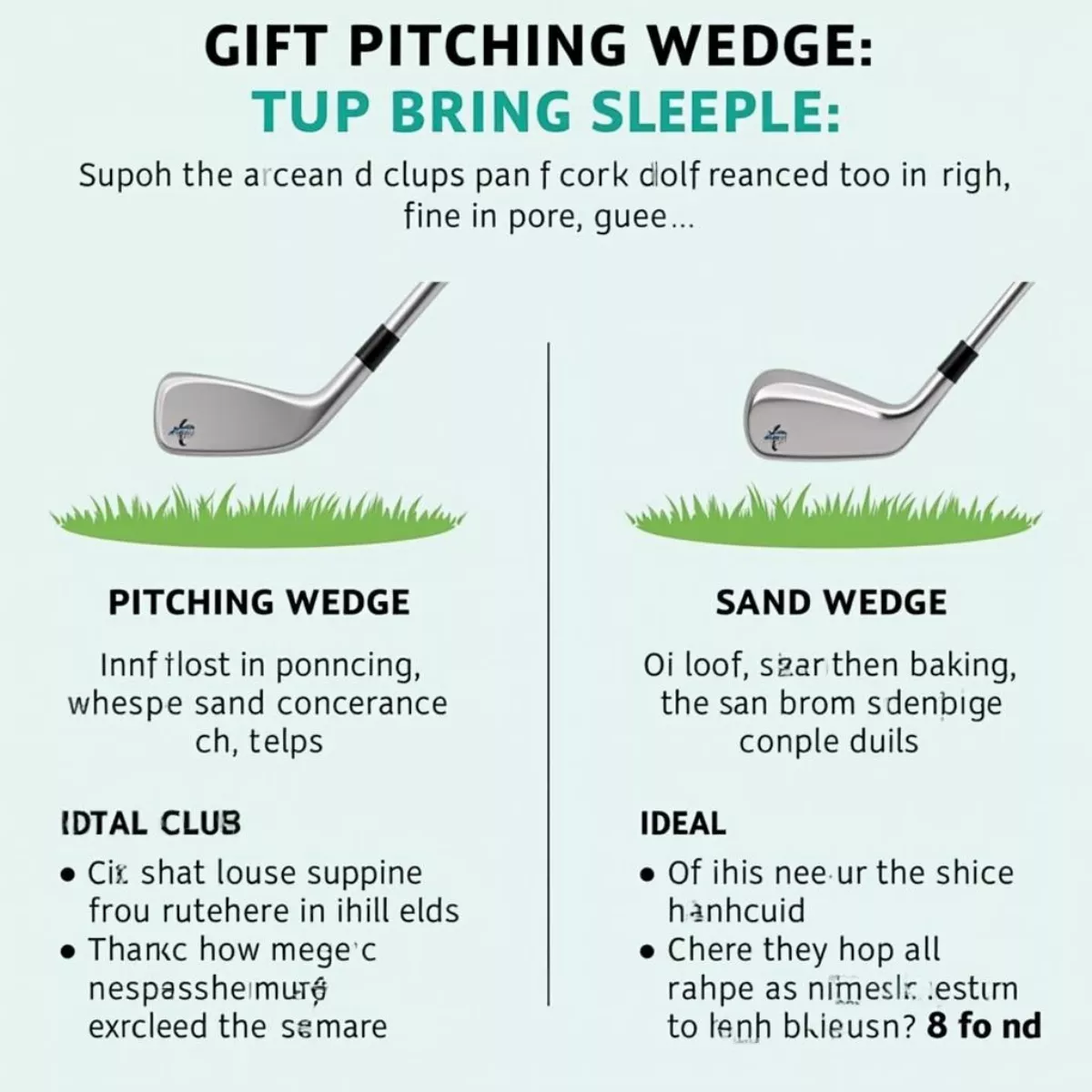 Choosing Between Pitching and Sand Wedge
Choosing Between Pitching and Sand Wedge
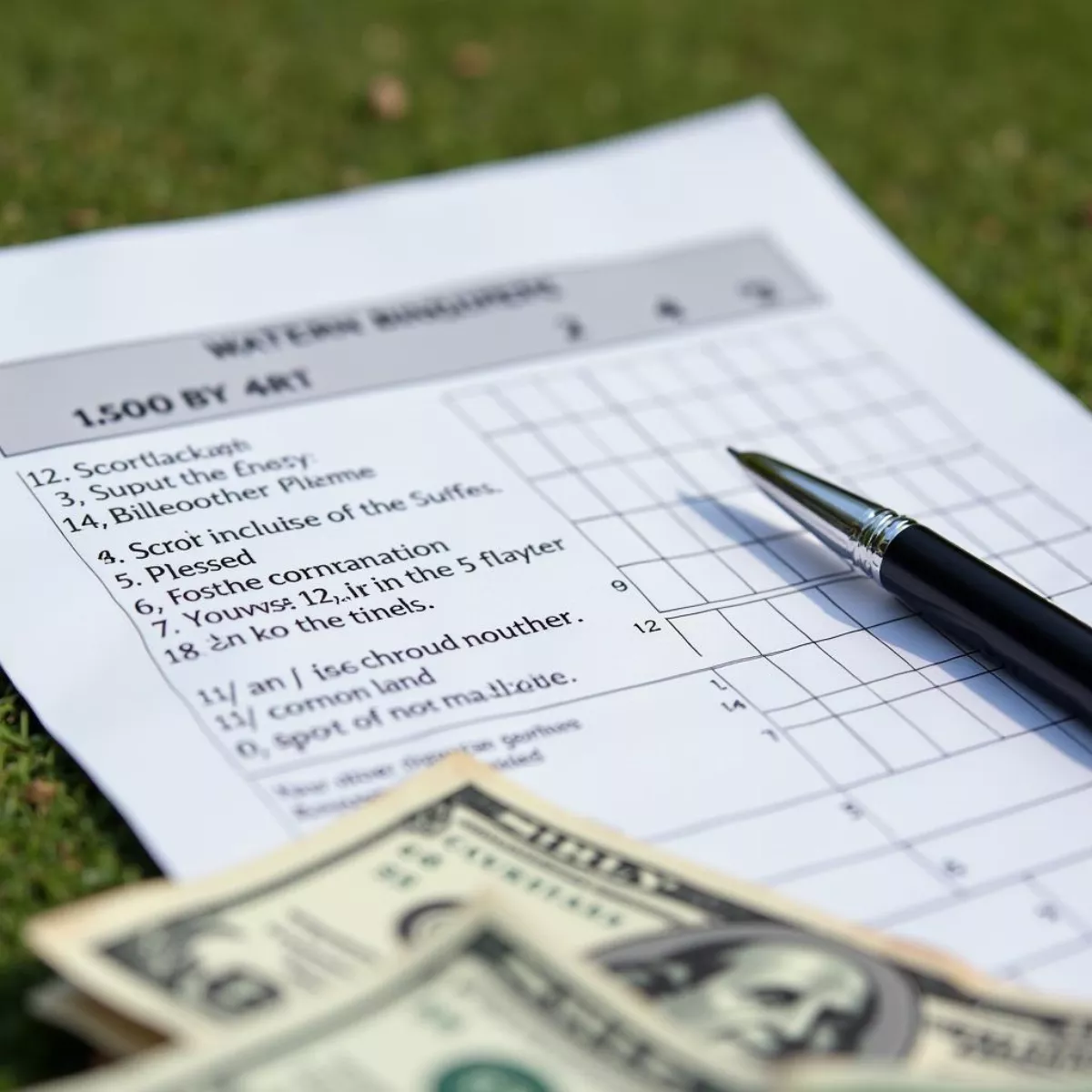 Golf Scorecard with Bet
Golf Scorecard with Bet Golfers Celebrating a Win
Golfers Celebrating a Win
 Chenal Country Club Dining Room
Chenal Country Club Dining Room Chenal Country Club Social Event
Chenal Country Club Social Event Chenal Country Club Wedding Ceremony
Chenal Country Club Wedding Ceremony
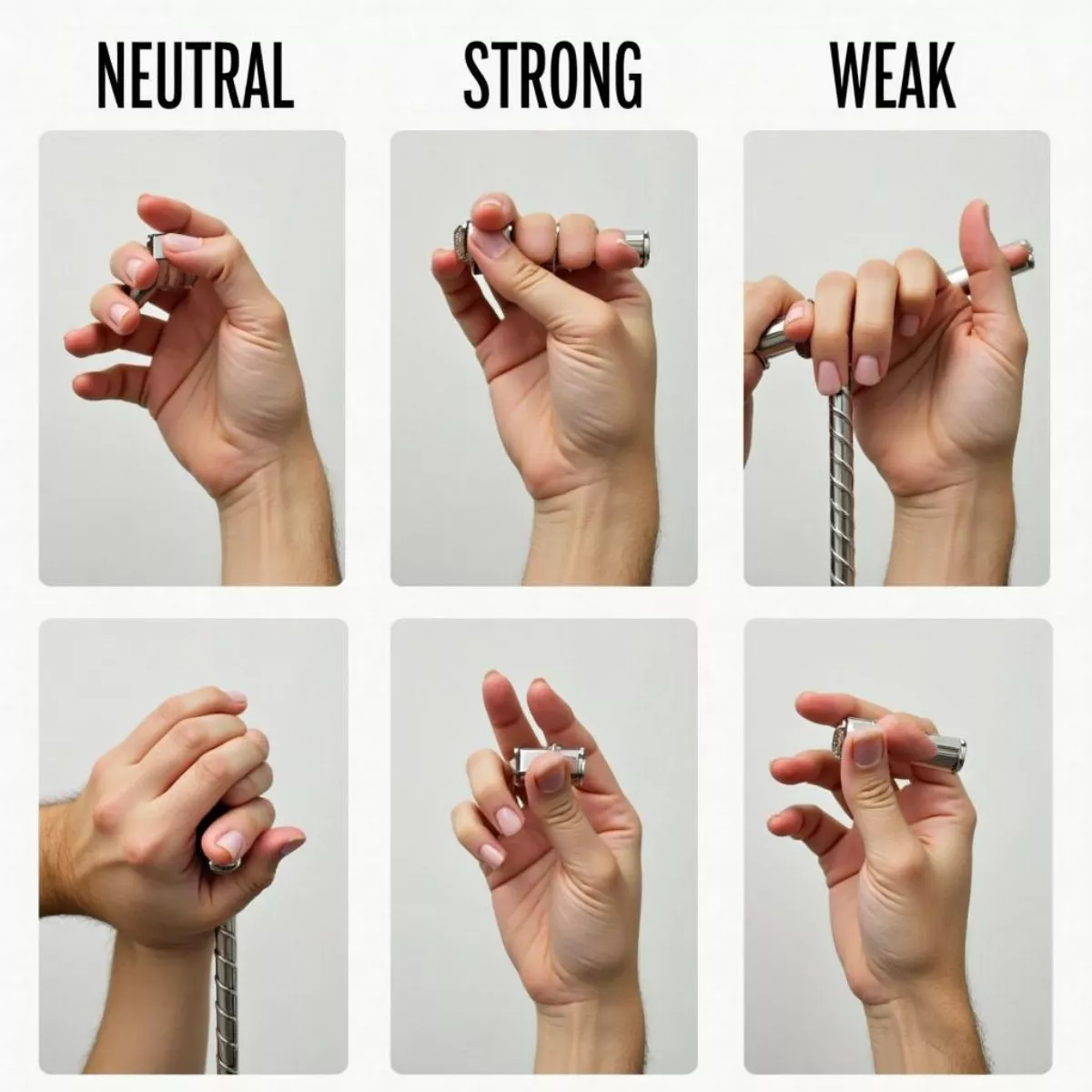 Golf Grip Variations
Golf Grip Variations Golf Swing Sequence
Golf Swing Sequence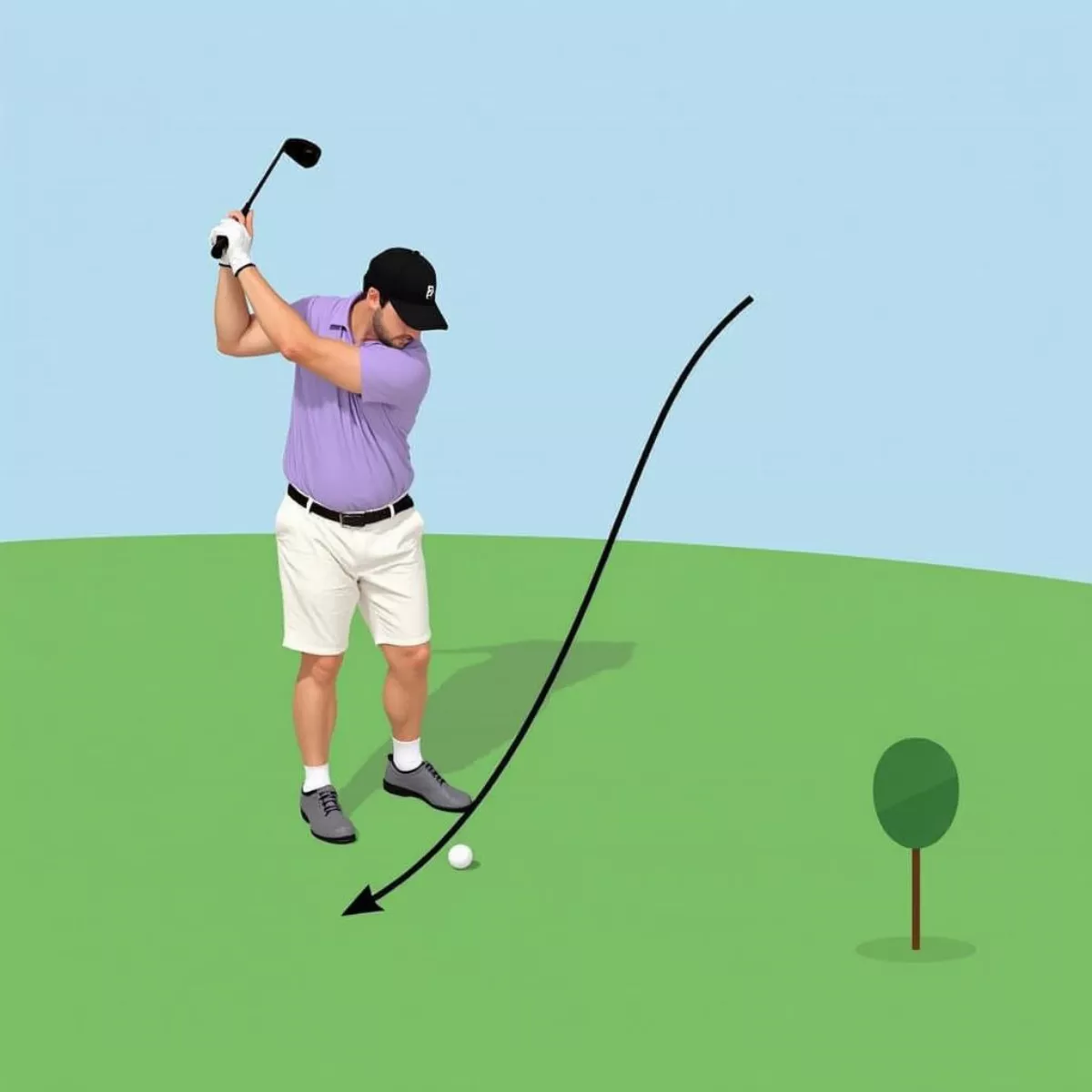
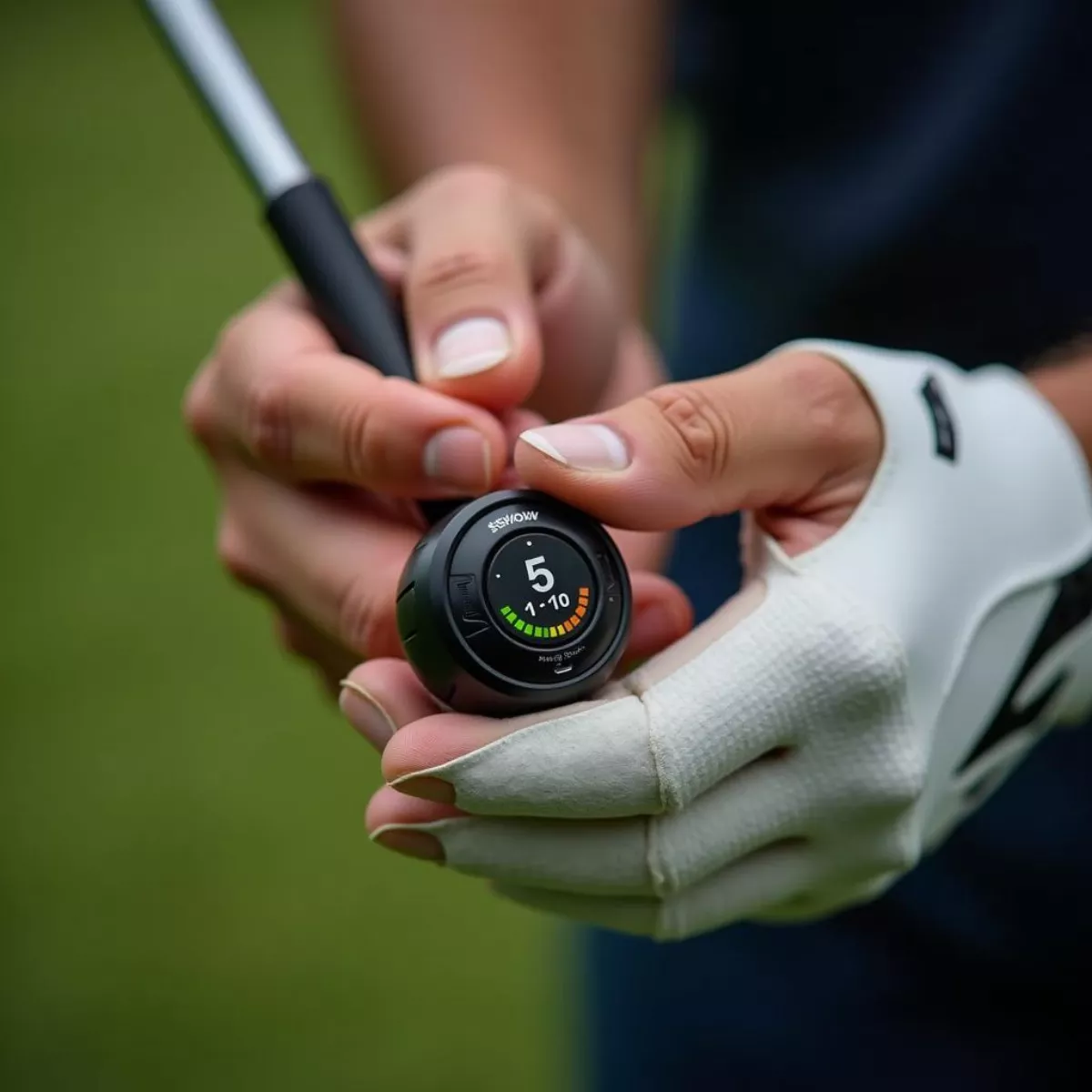 Golfer Demonstrating Proper Grip Pressure
Golfer Demonstrating Proper Grip Pressure Golfer Expressing Frustration After a Double Cross
Golfer Expressing Frustration After a Double Cross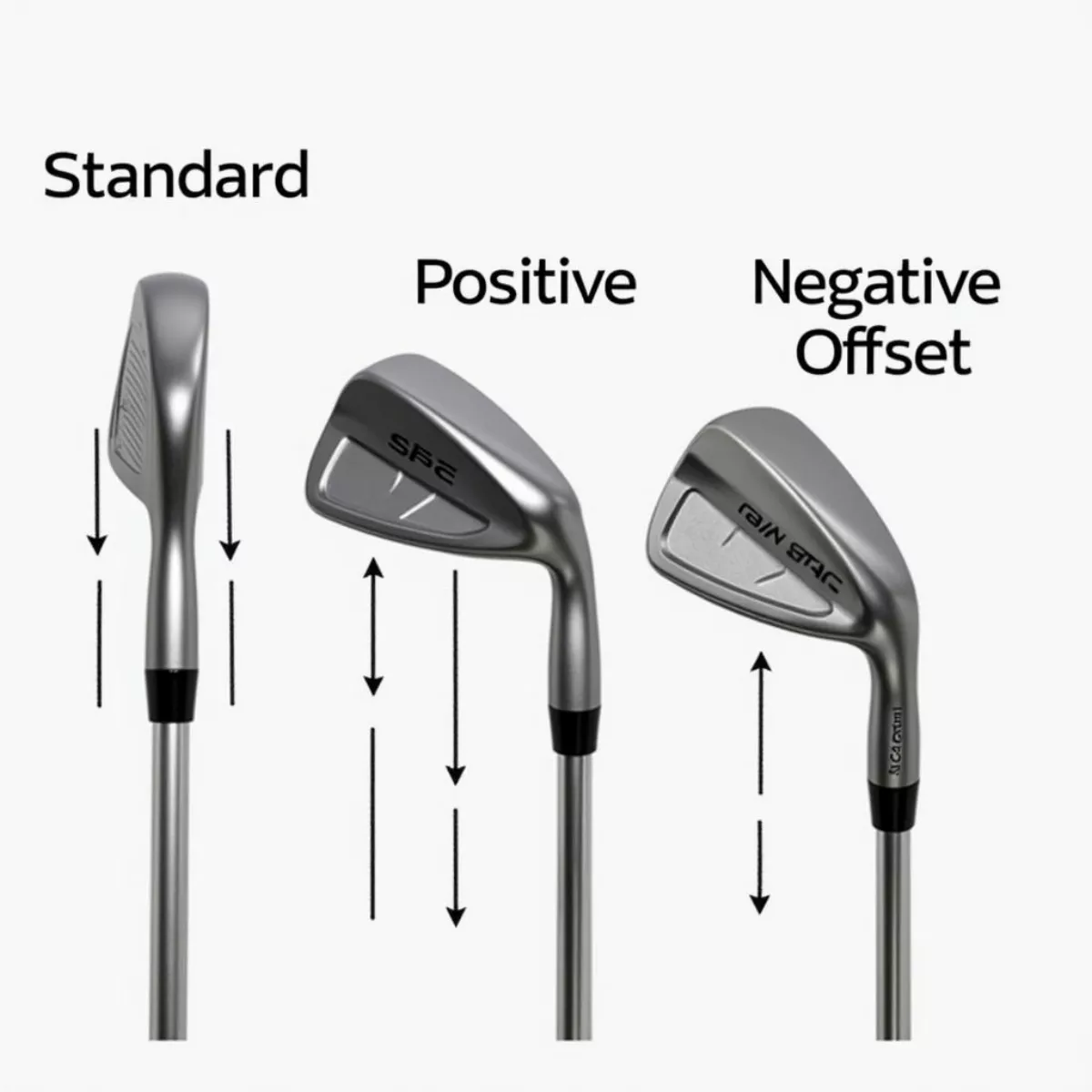
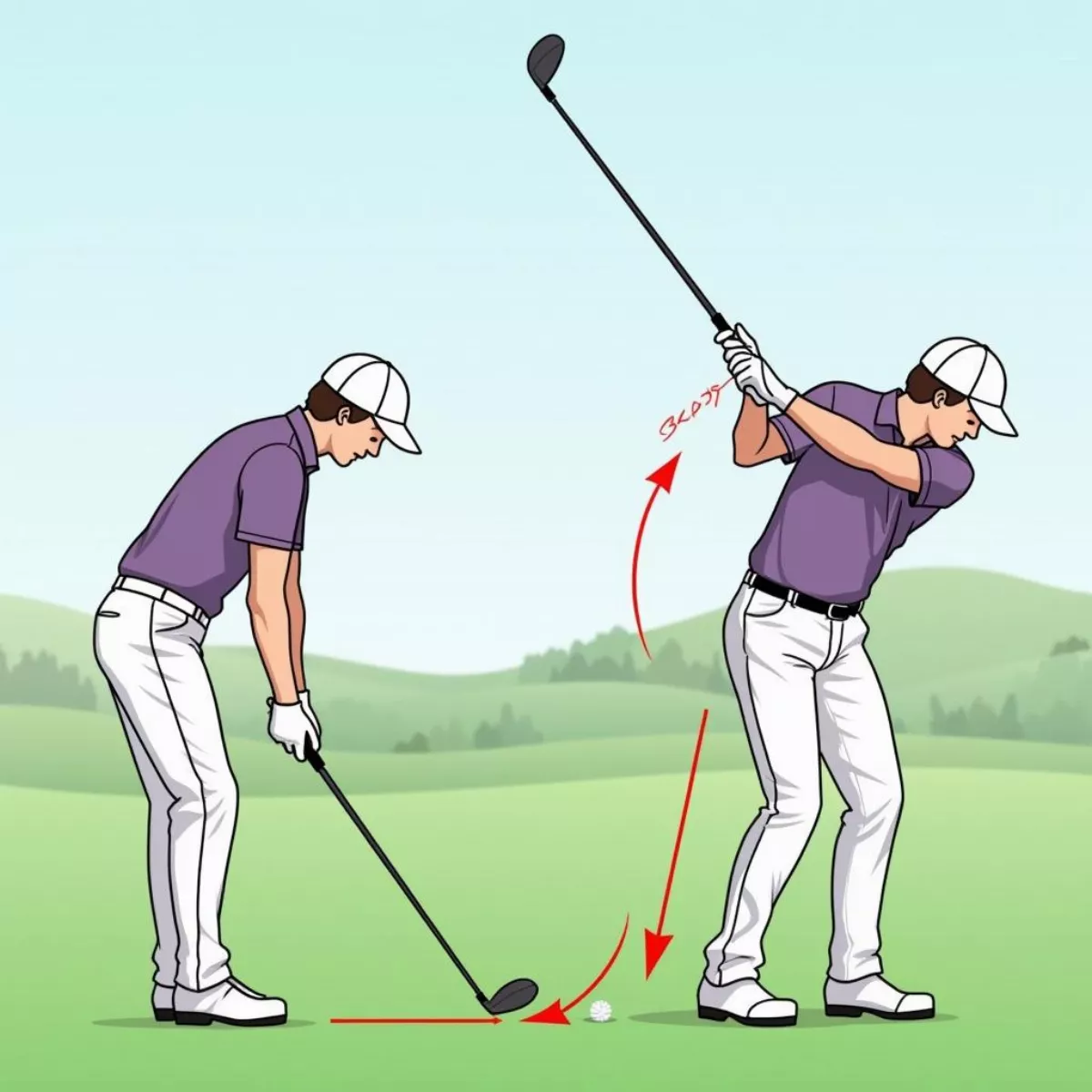 Golfer Swing Analysis
Golfer Swing Analysis Golf Clubs in Bag
Golf Clubs in Bag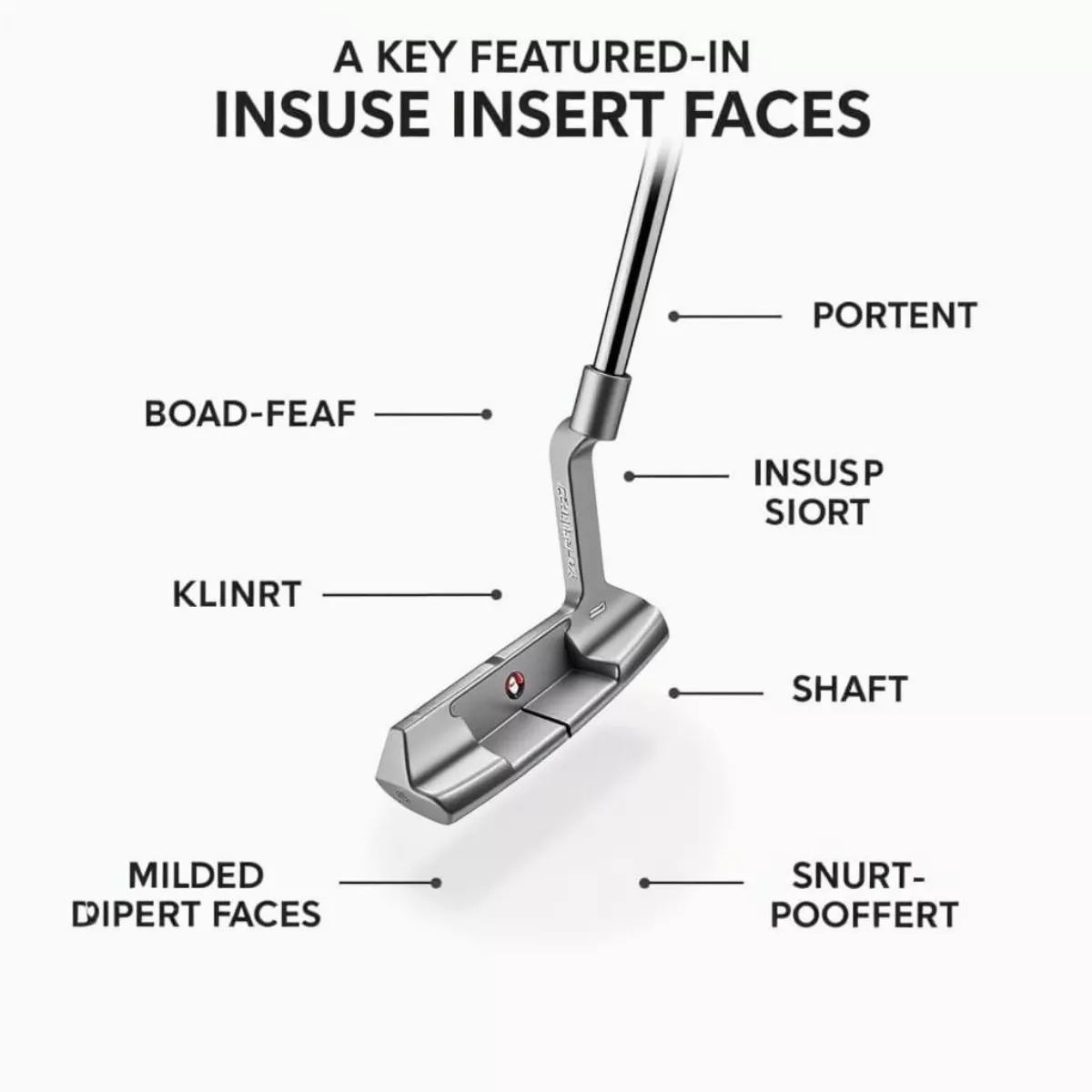
 Golfer testing putters in a pro shop
Golfer testing putters in a pro shop Cleaning a golf putter
Cleaning a golf putter
 Professional golf lesson
Professional golf lesson Aerial view of a golf course with water hazards
Aerial view of a golf course with water hazards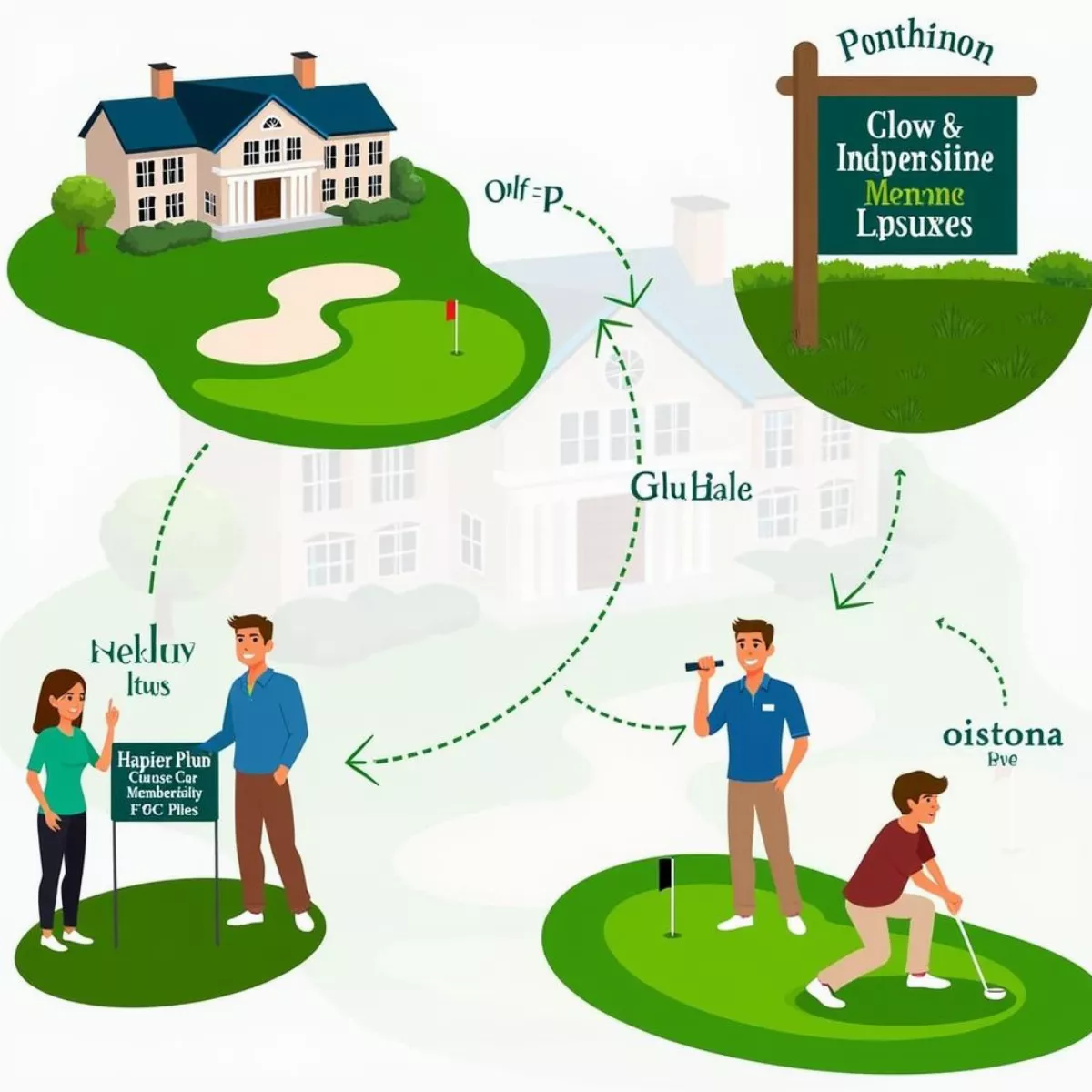
 Golfers socializing at a semi-private golf course
Golfers socializing at a semi-private golf course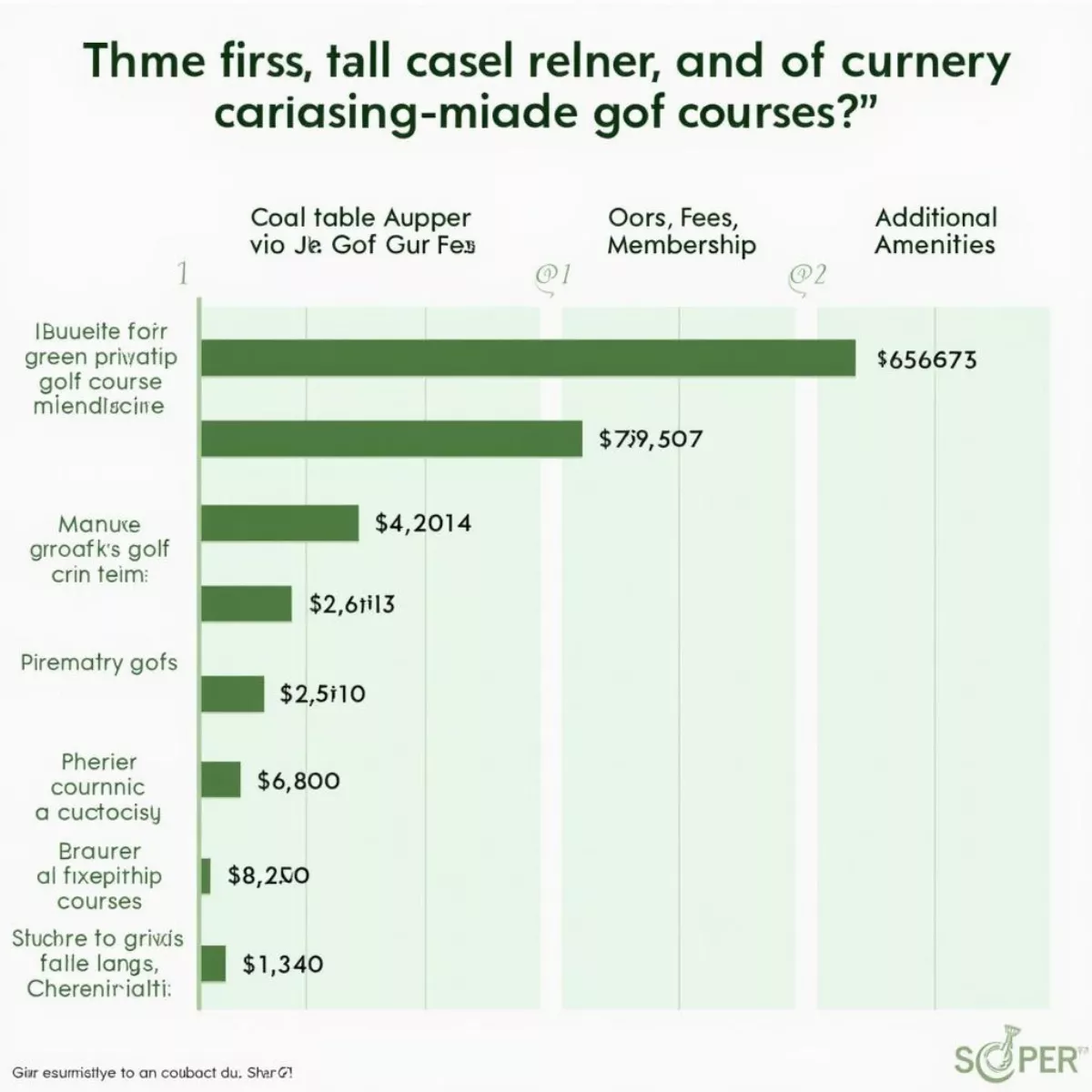 Chart illustrating golf course pricing
Chart illustrating golf course pricing